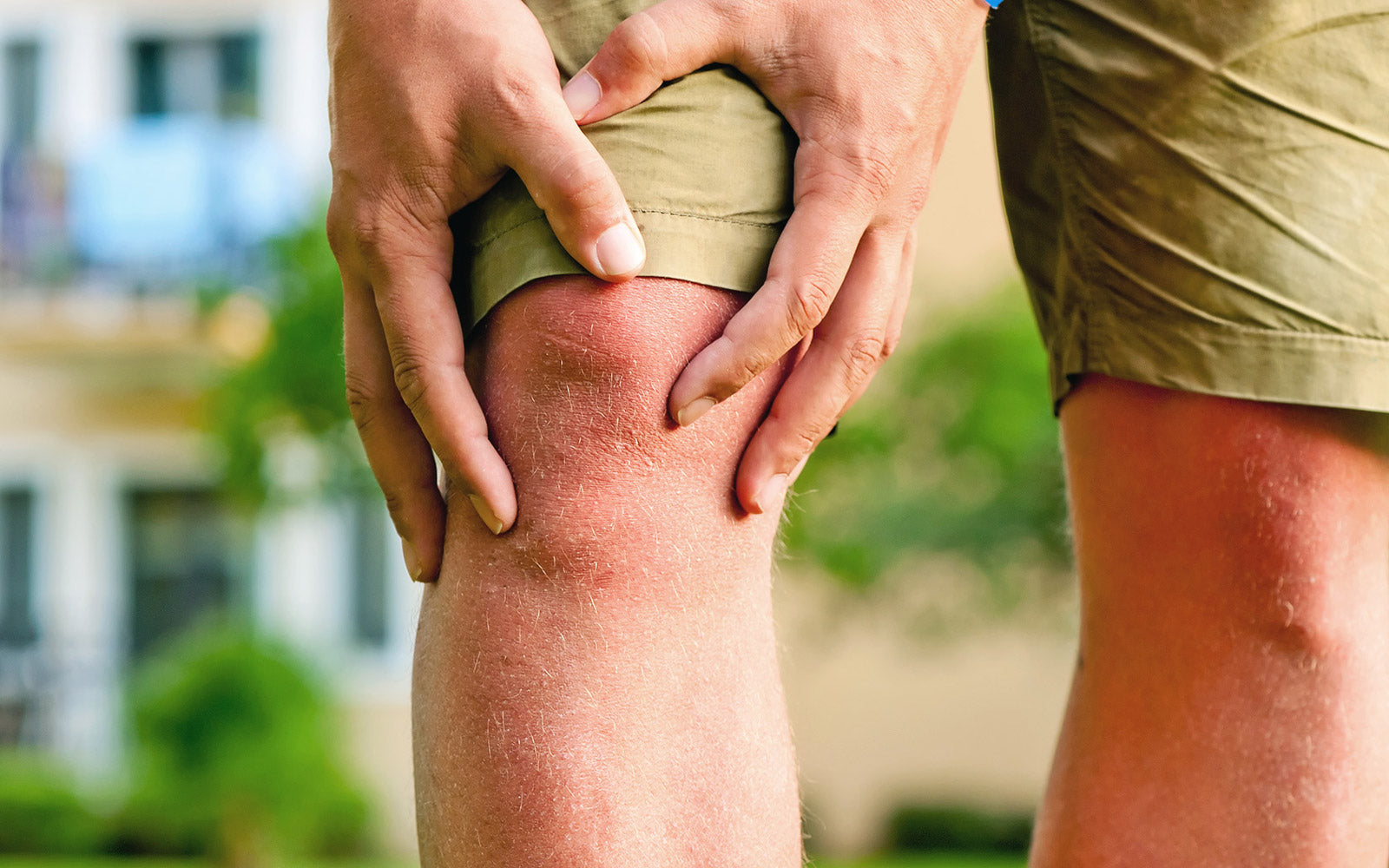
What Causes Chronic Pain & Can Herbal Menthol Really Help?
At least 1 in 5 Americans lives with chronic pain. (And many experts think it’s actually closer to 1 in 3 of us!) Nevertheless, even people who have been diagnosed with the condition often admit to feeling confused about exactly what it is.
There are a number of reasons for that confusion.
— First of all, the definition of chronic pain keeps changing. A decade ago, if you told a doctor that you’d been feeling persistent discomfort for 3 months, then you were told you suffered from chronic pain. Today many doctors have pushed the diagnosis point to 6 (or even 12) months.
— In addition, “persistent” doesn’t always mean non-stop. And that adds to the confusion. Many people with chronic pain can go for months without discomfort, only to have it return suddenly and for no apparent reason.
— Finally, scientists suspect that over time, chronic pain makes you feel pain more intensely and more frequently. So if you’ve lived with occasional backache for years but lately it seems to be worse and happening more often, then you can tend to think it’s your age or the nature of the injury itself that’s the problem. In fact, from a medical standpoint, it may have been chronic pain all along.
Top 5 causes of chronic pain
Arthritis is probably the most common cause of chronic pain. Nearly 50 million Americans have been diagnosed. And a new patient is identified every 33 seconds. Arthritis pain is more common among women than men. And by age 65, half of all Americans live with chronic pain linked to arthritis.
Back injury, especially lower back strain, is very common, too. Nearly 80% of all Americans suffer significant back pain, at least occasionally. Half of all pregnant women suffer from persistent back pain at some point before delivery.
Fibromyalgia (characterized by widespread pain, stiffness, and fatigue) affects an estimated 4 million Americans and it can cause almost constant pain.
Headache pain affects 1 in 9 Americans. Chronic migraines plague 1 in 6 women, as well as 1 in 20 men. In addition, hormone headaches are increasingly common in both genders.
Chronic Foot Pain affects more than 3 out of 4 Americans at some point. The problem can be planters fasciitis, bunions, in-grown toenails, even gout. Since these conditions can last for months, or even years, they all fall under the medical definition of chronic pain.
And the list of chronic pain goes on
Of course there are other reasons for persistent pain that tends to get worse over time. For example, hand and finger pain are a common problem. Not quite as common (but certainly not rare) there’s shoulder pain, neck pain, and nagging pain from shingles. Add it all up and you’re talking about millions and millions of people. Some diagnosed and many more just trying to get by without ever receiving a formal diagnosis. That’s A LOT of pain!
Children can have chronic pain, too
Researchers also believe that 15-20 percent of children live with chronic pain. The same way chronic pain is more common among women than men, girls report more pain than boys. It can be hard for parents or other concerned adults to recognize the problem because kids often sleep, play, and function normally even when they’re in pain. What’s more, they often lack the vocabulary to properly express what they’re feeling.
Try a natural remedy for chronic pain!
Although most Americans coping with chronic pain try to get relief from aspirin and other over-the-counter pain relievers, doctors warn that these medications can pose serious health risks. On the other hand, prescription narcotics can produce a wide range of side effects, from debilitating fatigue to low blood pressure and difficulty concentrating.
In recent years, a growing number of medical practitioners have started recommending all-natural, herbal pain relief products. Among the most respected are Premiere’s Pain Spray Mist and Pain Spray Roll-On. Formulated with pure, imported menthol, these all-herbal pain relief remedies work almost instantly. The more you apply, the stronger the effect. And regardless of your individual pain tolerance, relief can last up to 5 hours. Both formulas are non-habit-forming and can be used safely by adults, teenagers and children ages 5 and up.
